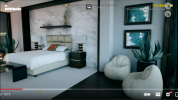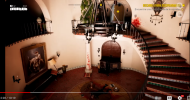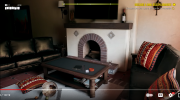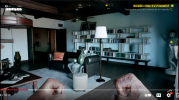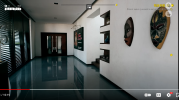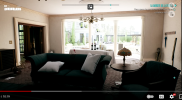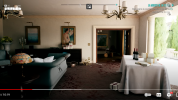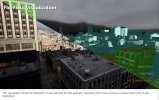We are definitely off-topic here for this thread, but the shape is arbitrary on the area lights in the screenshot you see there, unlike the lights presented in the presentation of various pre-defined shapes. Notice how in the maxed rasterised shot I posted there is no diffuse or specular contribution to the image outside of screen-space from the big panel of lights.Big emissive surfaces could be area lights based on their SIGGRAPH area light presentation:
View attachment 8823
If you would like, I could post some screenshots later of emissive surfaces that have completely different shapes or designs that are not typical area lights (big bulb, strip, rectangle).


